[派瑞林日记]Parylene and A-174 Silane
mproving Parylene Adhesion
Parylene provides an entirely conformal, durable, pinhole-free substrate coating of extreme utility for an exceptional range of materials, products and purposes. Despite its many advantages, parylene's chemical structure can actually interfere with the reliable interface adhesion required for optimal performance. The chemical vapor deposition (CVD) process that generates so many of parylene's benefits also nullifies chemically-based substrate adhesion; only mechanical adhesion is possible.
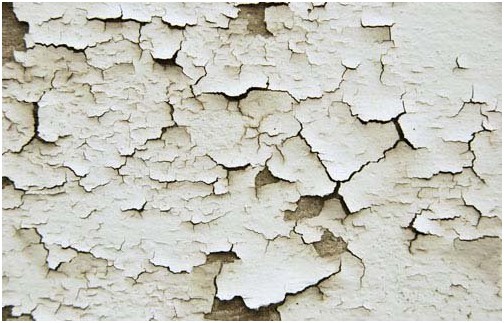
Implementing optimal adhesion can require surface modification via application of adhesion promoting agents or methods. The materials and processes used for these purposes are largely dependent on the substrate surface and component's specific operational environments and functions. Although most adhesion promotion methods are used prior to CVD, several can be integrated into the coating-process itself, Among the methods of adhesion promotion used with parylene are:
· Thorough surface-cleaning, which stimulates enhanced adhesion by eliminating accumulated substrate contaminants whose presence can diminish overall coating quality.
· Heat-treating. for three hours at temperatures of 140°C, beneficially activates longer-term adhesion and insulation.
· Active, wired devices profit from bilayer component-encapsulation processes.
While these techniques have their uses for parylene adhesion promotion, the chemical monolayer Silane A-174 (3-Methacryloxypropyltrimethoxysilane - C10H20O5Si) is used most frequently to modify substrate surfaces and improve parylene adhesion.
The Uses of Silane A-174
Silane A-174's value as an adhesion promoting agent stems largely from its versatility. It can be successfully applied to substrate materials like elastomer, glass, metal, paper, plastic or quartz, among a wide range of surface substances. The A-174 silane molecule develops a robust chemical bond with the substrate, facilitating the improved surface adhesion capacity of parylene’s mechanical property. Optimal parylene adhesion is commonly achieved by a treatment with A-174 silane prior to initiating the CVD process. However, regarding appropriate procedural scheduling:
· it is recommended that A-174's application be completed after any necessary masking operations have been finished;
· depending on substrate materials, manual spray, soaking, or vapor phase silane processing techniques may be used to apply A-174.
Process Balance
While the silane promotes adhesion, the parylene assures protection. Thus, appropriately proportional intermixtures of silane A-174 and parylene need to be used, in all cases. Corrosion-resistance can be diminished where the relationship between parylene and silane is inexact, causing part and function deterioration from both beneath- and external to the conformal covering. This is especially the case with medical implants, where reliable component function is mandatory, despite being subjected to persistent exposure to often harsh bodily fluids.
Of the two basic methods for applying silane A-174 to substrates, the first, in-chamber vapor delivery, is somewhat easier to enact but offers significantly diminished coating outcomes. Silane vapor promotion is impossible to efficiently supervise during real time, causing a proportional loss of effective process monitoring. As a consequence:
· the potential of operator error increases,
· leading to a far greater incidence of insufficient or excessive silane promotion;
· imperfect silane surface-conformity frequently develops under these conditions,
· stimulating degraded parylene coverage during the subsequent deposition cycle.
Thus, the problems inherent in achieving inappropriate production-intermixture alluded to above are more likely to occur, adding to production downtime and expense, as well as customer dissatisfaction.
The wet application method of silane application further allows inspection and monitoring of the immersion-solution throughout the process. Following silane A-174 immersion, CVD processes for parylene application should be implemented within 30 hours.
Mixing only the quantity of silane required for the procedure at hand is recommended, to assure appropriate preparation/application and safe work conditions, Silane's 24-hour shelf-life precludes storage of any excess, which should be discarded immediately in a solvent sink, subsequently drained, then rinsed with IPA. At all times, avoid breathing the solution's vapors or causing contact with skin or eyes:
Conclusion
Improving substrate adhesion is necessary because parylene will peel-off some substrates, if not appropriately treated with silane A-174. Immersion methods of application provide the most reliable solution.
简单译文
改善Parylene粘附力
Parylene提供完全保形,耐用,无针孔的基材涂层,具有极高的实用性,适用于各种材料,产品和用途。尽管聚对二甲苯具有许多优点,但它的化学结构实际上可能会干扰最佳性能所需的可靠界面附着力。化学气相沉积(CVD)工艺产生如此多的聚对二甲苯的益处也使基于化学的基材粘附无效; 只能进行机械粘合。

实施最佳粘合可能需要通过施加粘合促进剂或方法进行表面改性。用于这些目的的材料和工艺在很大程度上取决于基板表面和部件的特定操作环境和功能。尽管在CVD之前使用了大多数粘合促进方法,但是几种可以整合到涂层工艺本身中。与聚对二甲苯一起使用的粘合促进方法包括:
·彻底的表面清洁,通过消除累积的基材污染物来刺激增强的附着力,其存在会降低整体涂层质量。
·热处理。在140°C的温度下保温3小时,有利于激活长期粘合和绝缘。
·活动的有线设备从双层组件封装过程中获益。
虽然这些技术用于促进聚对二甲苯粘合,但化学单层硅烷A-174(3-甲基丙烯酰氧基丙基三甲氧基硅烷-C10H20O5Si)最常用于改性基材表面并改善聚对二甲苯粘合性。
硅烷A-174的用途
硅烷A-174作为粘合促进剂的价值很大程度上源于其多功能性。它可以成功地应用于基体材料,如弹性体,玻璃,金属,纸张,塑料或石英,以及各种表面物质。A-174硅烷分子与基材形成牢固的化学键,有助于提高聚对二甲苯的机械性能的表面粘附能力。最佳的聚对二甲苯粘合通常通过在开始CVD过程之前用A-174硅烷处理来实现。但是,关于适当的程序安排:
·建议在完成必要的掩蔽操作后完成A-174的申请;
·取决于基材材料,可以使用手动喷涂,浸泡或气相硅烷处理技术来施加A-174。
流程平衡
虽然硅烷促进粘合,但聚对二甲苯确保了保护。因此,在所有情况下,需要使用适当比例的硅烷A-174和聚对二甲苯的混合物。当聚对二甲苯和硅烷之间的关系不精确时,可以减少耐腐蚀性,从而使共形覆盖物的下方和外部部分和功能劣化。对于医疗植入物尤其如此,其中可靠的组件功能是强制性的,尽管经常暴露于通常苛刻的体液中。
在将硅烷A-174应用于基材的两种基本方法中,第一种室内蒸汽输送在某种程度上更容易实施,但涂层效果显着降低。硅烷蒸气促进不可能在实时有效监督,导致有效过程监测的比例损失。作为结果:
·操作员错误的可能性增加,
·导致硅烷促进不足或过量的发生率更高;
·在这些条件下经常发生不完美的硅烷表面整合,
·在随后的沉积循环期间刺激降解的聚对二甲苯覆盖。
因此,在上面提到的实现不适当的生产 - 混合的固有问题更可能发生,增加了生产停工和费用,以及顾客不满意。
硅烷应用的湿法施加方法还允许在整个过程中检查和监测浸没溶液。在硅烷A-174浸渍之后,应在30小时内实施用于聚对二甲苯的CVD工艺。
建议仅混合手头程序所需的硅烷量,以确保适当的制备/应用和安全的工作条件,硅烷的24小时保质期不允许存储任何多余的,应立即丢弃在溶剂槽中,随后耗尽,然后用IPA冲洗。在任何时候,避免呼吸溶液的蒸气或导致皮肤或眼睛接触:
结论
改善基材粘合是必要的,因为如果没有用硅烷A-174适当处理,聚对二甲苯将剥离一些基材。浸入式应用方法提供了最可靠的解决方案。
更多纳米防水资讯请关注纳米防水微信号: nanowp

随着电子产品防水需求的不断提高,从原先的 IP54到现在的IP67IP68等级!市场上出现了防水透气膜和防水透音膜,目前这两种不同的材料应用被搞混了,今天便与大家一起讨论防水透气
最近各地降雨量激增,所以手机就难免会沾点水,作为生活中不可或缺的电子产品,防水已经成为一个十分重要重要功能,而且个人对目前的IP68手机市场是相当不满意的。为什么?太贵
自然界中荷叶具有出淤泥而不染的典型不沾水特性(学术上称为Cassie-Baxter状态),具有自清洁、抗结冰、减阻、抗腐蚀等广泛应用价值,而玫瑰花瓣则具有水滴高粘附特性(称为Wenze
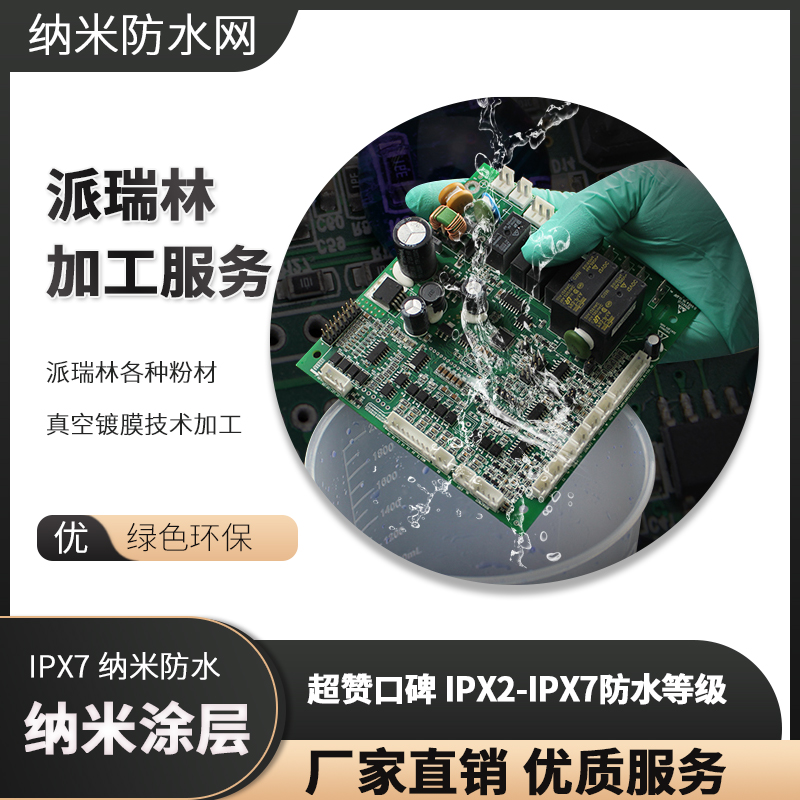
派瑞林各种粉材真空镀膜技术加工 纳米涂层防水处理
派瑞林各种粉材真空镀膜技术加工 纳米涂层防水处理
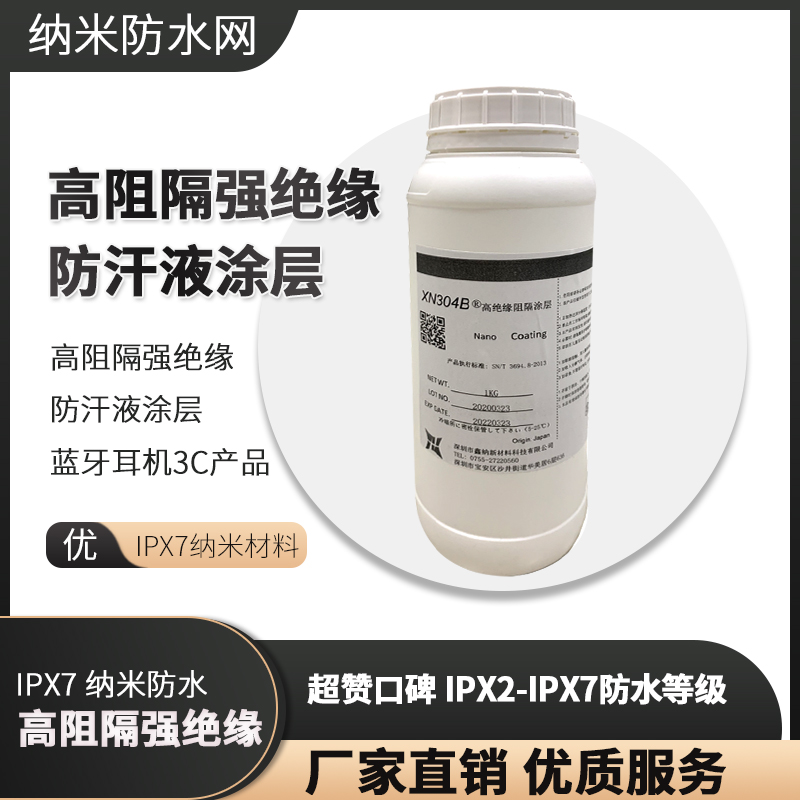
高阻隔强绝缘防汗液涂层蓝牙耳机3C电子产品IPX7纳米材料
高阻隔强绝缘防汗液涂层蓝牙耳机3C电子产品IPX7纳米材料
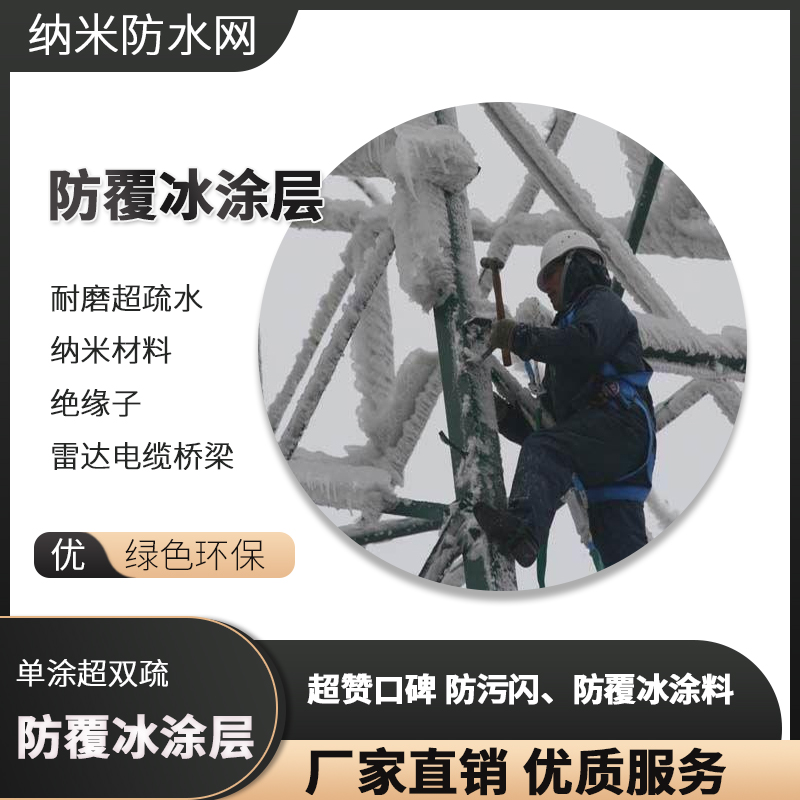
耐磨超疏水纳米材料 绝缘子架空导线电缆桥梁防覆冰涂层
耐磨超疏水纳米材料 绝缘子架空导线电缆桥梁防覆冰涂层
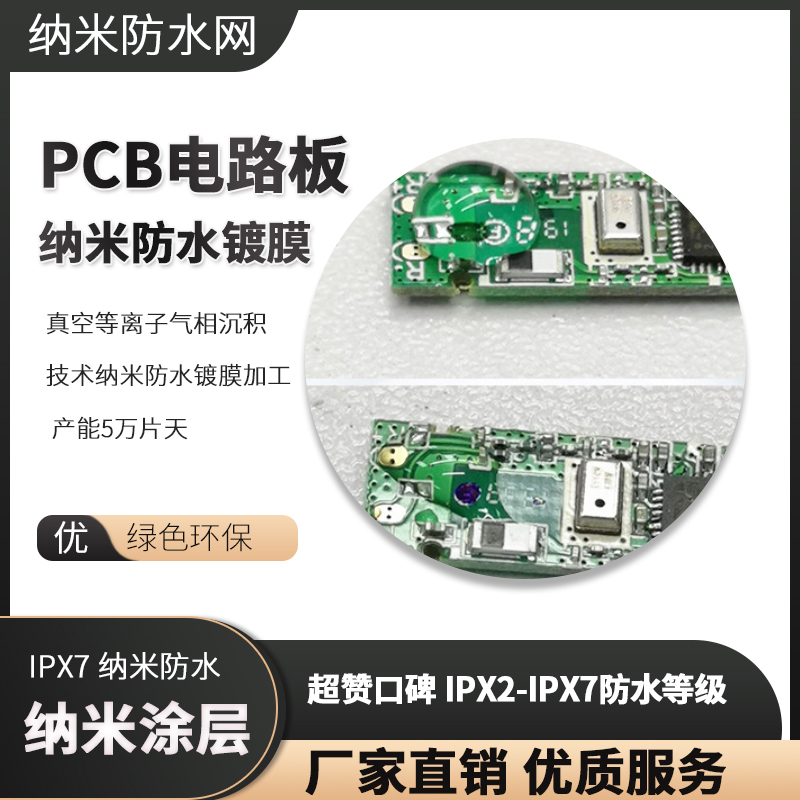
真空等离子气相沉积技术纳米防水镀膜加工 产能5万片天
真空等离子气相沉积技术纳米防水镀膜加工 产能5万片天
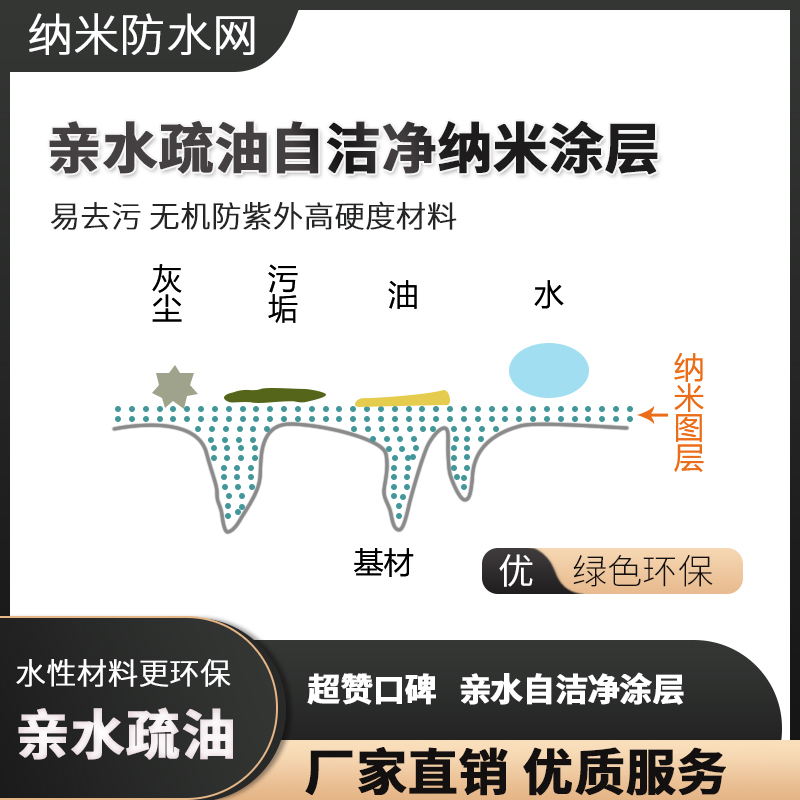
亲水疏油自洁净纳米涂层 易去污 无机防紫外高硬度材料
亲水疏油自洁净纳米涂层 易去污 无机防紫外高硬度材料
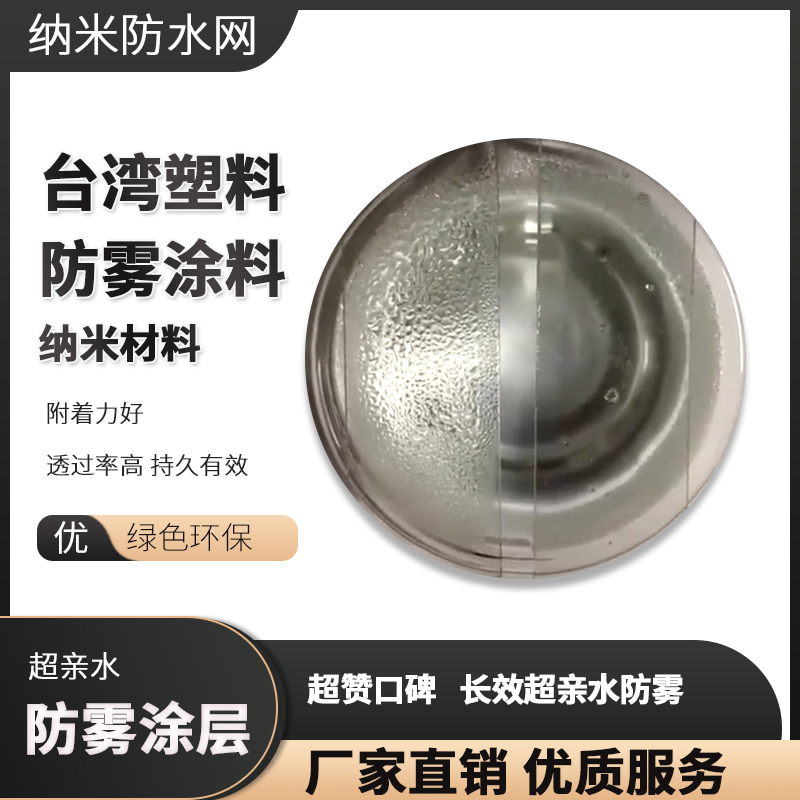
台湾超亲水防雾塑料专用 附着力好 透过率高 持久有效
台湾超亲水防雾塑料专用 附着力好 透过率高 持久有效


